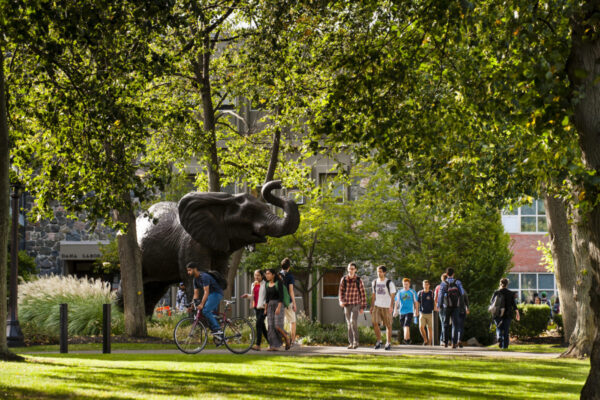Brief Overview of U.S. Faculty Hiring Trends
Title: Data Snapshot: Tenure and Contingency in US Higher Education
Author: Glenn Colby
Source: American Association of University Professors
The American Association of University Professors (AAUP) released a report highlighting tenure and non-tenure employment patterns among faculty members across the United States. The report utilized data from the National Center for Education Statistics, Integrated Postsecondary Data System (IPEDS), and National Study of Postsecondary Faculty (NSOPF) to provide trends in faculty appointment type from fall 1987 until fall 2021. IPEDS and NSOPF data on full-time contingent faculty members has been disaggregated by appointment type to indicate “non-tenure track” and “no tenure system.”
The report has five infographic figures to detail the findings. Figure 1 shows that US-based institutions heavily rely on faculty with contingent appointments, whether full- or part-time employment. In fall 2021, 68 percent of faculty held these types of appointments in comparison to 47 percent in fall 1987. In contrast, full-time tenured or tenure-track faculty declined from 53 percent in 1987 to 32 percent in 2021.
Figure 2 looks at how 67 percent of faculty held full- or part-time contingent appointments across all institution types during fall 2021. 32 percent hold full-time tenured or tenure-track roles. By institution type, the greatest disparity exists within associate’s colleges, with 18 percent tenured/tenure-track and 82 percent contingent faculty. Doctoral-serving R1 institutions are 50 percent tenured/tenure track and 50 percent contingent faculty.
Figure 3 indicates that by gender, women were more likely to be contingent faculty (46 percent) than tenured/tenure-track (54 percent) in fall 2021. Men were more likely to be tenured/tenure-track at 61 percent, than 39 percent who were contingent faculty. Additionally, by race, 74 percent of Asian faculty were tenured/tenure-track, with White faculty at 56 percent, and underrepresented minority faculty at 50 percent.
Figure 4 provides further evidence of gender disparities among faculty hiring. In fall 2021 among full-time faculty, 46 percent of women held contingent appointments compared with 35 percent of men.
Figure 5 demonstrates that graduate student employment numbers have increased from fall 2002 to fall 2021 by 44 percentage points. In contrast, full- and part-time faculty numbers have each increased by 19 percentage points during the same period of time.
In 2010, the AAUP also released a Tenure and Teaching-Intensive Appointments report providing recommendations on increasing the tenure-track pipeline. Specifically, the AAUP suggested the following:
- Suspend hiring off the tenure track.
- Convert full-time faculty not on the tenure track to tenure-track.
- Create tenure options for part-time faculty members who plan to stay in teaching for an extended period of time.
To interact with and review additional data and findings, click here. For the final report, click here.
—Tabatha Cruz
If you have any questions or comments about this blog post, please contact us.


